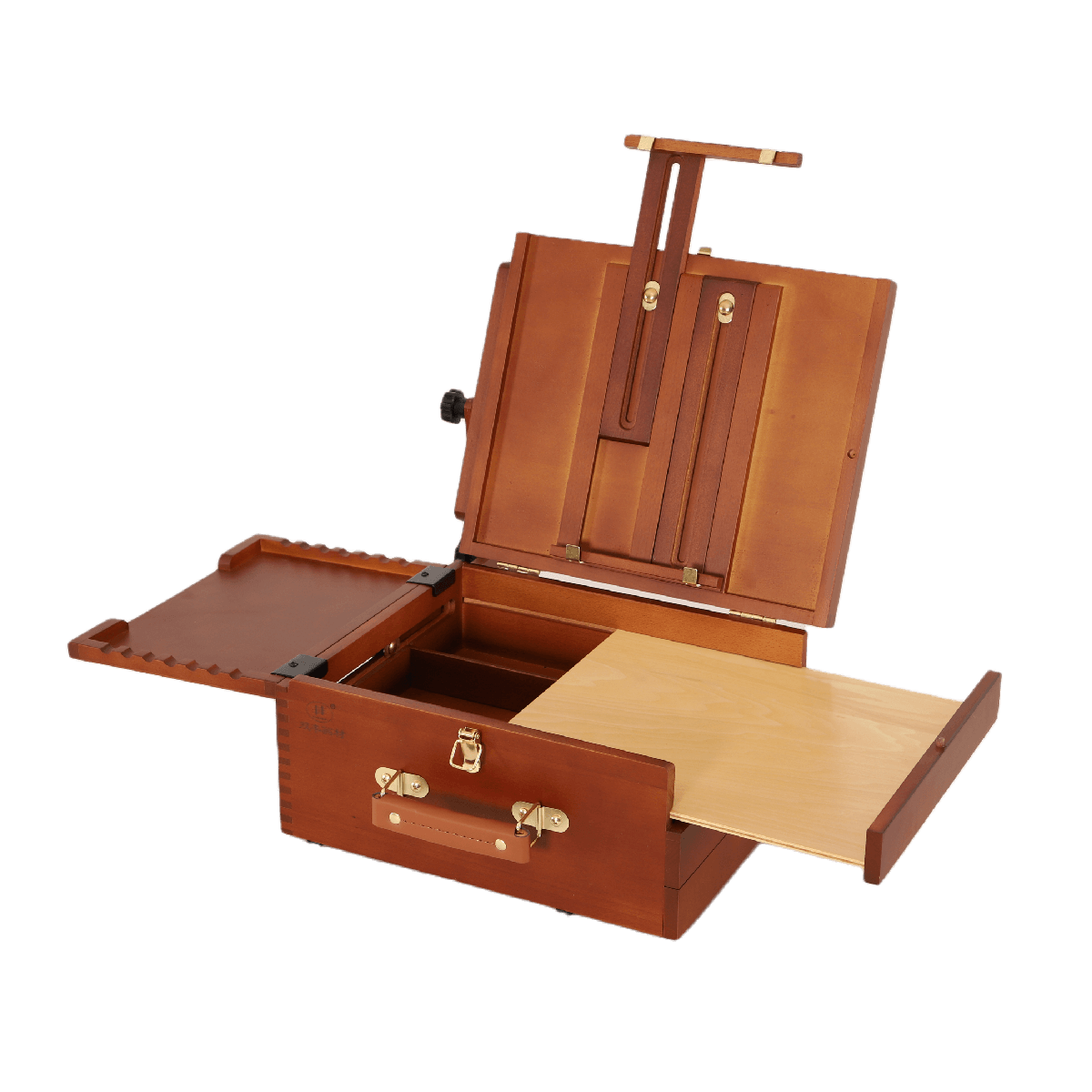Picking the right frame for your art canvas is almost as important as choosing the correct artwork. The wrong frame can make a beautiful piece of art look tacky or out of place, while the right frame can enhance and protect your investment. This guide will walk you through the basics of framing your canvas artwork.
What Is Canvas Framing and Why Do It?

Canvas framing is the process of mounting your canvas artwork onto a frame. This has a few benefits:
- It protects your artwork from dirt, dust, and damage.
- It makes your artwork look more polished and professional.
- It can help your artwork last longer.
Canvas framing is stretching and securing a piece of canvas artwork onto a frame. The frame protects the artwork from damage and provides a way to display it in your home or office. Canvas frames come in various styles and colours, so you can find one that perfectly matches your decor. Custom canvas stretching and framing are affordable to protect your investment and ensure your artwork looks its best.
There are two main types of canvas frames: gallery-style and floater-style.
Gallery-style frames are the most popular type of frame for artist canvas artwork. They're made up of four parts: two side rails, a top rail, and a backboard. The side rails are attached to the top and bottom of the artwork, while the top rail is attached to the top of the side rails. The backboard is then placed over the back of the frame and secured in place.
Floater-style frames are similar to gallery-style frames, but they don't have a backboard. Instead, the artwork is stretched over a spacer bar and secured. The spacer bar is then placed inside the frame, giving the illusion that the artwork is "floating" inside the frame. Floater-style frames are a great option if you're looking for a more modern look.
How to Choose the Right Frame

When choosing a frame for your canvas artwork, there are a few things to consider.
First, consider the style of your artwork. If you have a modern piece of art, you'll want to choose a frame with clean lines and a simple design. On the other hand, an ornate frame with detailed carvings would be better for more traditional artwork.
Next, think about the colour of your frame. You'll want to choose a colour that complements the artwork but doesn't compete with it. If you're unsure what colour to choose, black is always a safe bet.
Finally, consider the size of your frame. The frame should be proportionate to the artwork, so it doesn't look too small or large. When in doubt, err on the side of a larger structure.
Tips for Framing Your Artwork

If you're planning on framing your artwork, there are a few things to keep in mind.
First, make sure you have the right tools for the job. You'll need a measuring tape, a level, a hammer, nails, and a saw.
Next, measure the artwork and cut the frame pieces to size. Make sure to use a level to make sure the frame is straight.
Once the frame pieces are cut, it's time to assemble the frame. Start by attaching the side rails to the top and bottom of the artwork. Then, attach the top rail to the side rails. Finally, add the backboard and secure it in place.
If you're using a floater-style frame, assemble the frame as described above. Then, stretch the artwork over the spacer bar and secure it. Finally, insert the spacer bar into the frame.
When it comes to framing artwork on canvas, there are a few things to keep in mind to ensure your artwork looks its best.
First, you'll need to have the right tools and measurements to create a frame that fits your artwork. If your artwork is on art canvas, make sure it is stretched taut and trimmed before framing. For stretched canvas, measure carefully to ensure a snug fit. If you're using canvas boards, consider adding a barrier between the artwork and the frame to protect it over time. Finally, if you used acrylic paint on your artwork, use a UV-resistant glass or plexiglass when framing to prevent fading. With these tips in mind, you'll be able to create a beautiful frame that enhances your artwork and protects it for years to come.
Now that you know the basics of canvas framing, it's time to pick out the perfect frame for your artwork!






